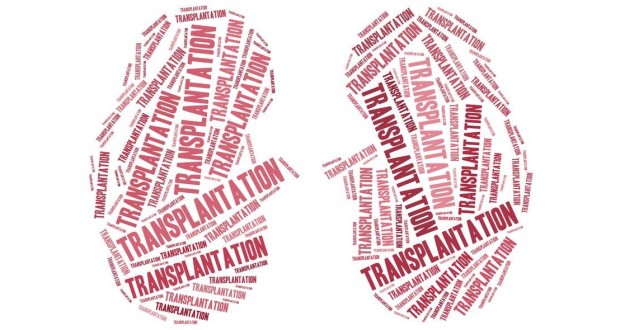Out of all the organs transferred from donors to eager recipients, kidneys are the most in demand. Kidney transplants are the most frequently performed transplant operation in the United States, with approximately 16,000 such procedures occurring each year. Though these surgeries are not without risk, the recipients of donor kidneys generally enjoy a relatively good prognosis.
Left or Right
Before a transplant procedure can began, a recipient must be placed under general anesthesia, rendering them completely unconscious during the operation. The surgeon is then able to begin the process of transplanting the kidney, starting with making an incision at the lower section of the abdomen. The location of this incision depends on whether the donor organ is being added to the left or right side of the body. A right-sided kidney will be added via a surgical opening on the left side on the abdomen. For left-sided kidneys, the exact opposite is true.
Once inside the body, the kidney’s vein and artery are attached their counterparts located inside the pelvis. In addition, the surgeon will also attach the kidney to the bladder. This task is accomplished using the kidney’s ureter, a thin tube measuring 8 to 10 inches in length.
Though they are no longer of any use, the recipient’s original kidneys are usually left undisturbed. This is not always the case, however; a surgeon will remove the kidneys if they are causing health problems, such as infections or hypertension (high blood pressure). Overall, its takes doctors about three to four hours to complete a kidney transplant. For those with diabetes, this figure might be doubled; many diabetics will also receive a new panaceas, extending the procedure by up to three hours.
Making A Recovery
Immediately following a kidney transplant, recipients are transferred to a recovery room, where they remain until their blood pressure, breathing patterns and pulse stabilize. The next stop for transplant patients is often the hospital’s intensive care unit, or ICU. After receiving a new kidney, a person usually remains hospitalized for three to seven days before returning home.
The amount of time before an implanted kidney takes effect can vary. For some patients, the new kidney immediately begins to produce urine. For others, it make take several days before the organ becomes fully operational. Often times, the source of the donated kidney determines how long a patient must wait for results. Kidneys taken from deceased donors tend to need more time to adjust to their new surroundings.
Even after they are released from the hospital, the health of transplant recipients is still monitored closely. In addition to attending follow-up appointments, patients will also have to undergo a series of blood tests for years after the surgery. X-rays scans may also be necessary to gauge the performance of the kidney. Given the importance of this post-transplant testing, some recipients opt to temporarily move closer to the facility where the surgery was performed. On average, people who undergo kidney transplants need about six months to recover.
A successful recovery doesn’t mean that the body can handle the new kidney on its own. In fact, nearly all recipients are prescribed medications designed to reign in their internal defenses. Without these medications, the kidney would be constantly attacked by the immune system, which would view the organ as a hostile invader. Those living with donated kidneys are required to take these immunosuppressive medicines on a permanent basis.
 Natural Knowledge 24/7 Educate yourself with nutrition, health and fitness knowledge.
Natural Knowledge 24/7 Educate yourself with nutrition, health and fitness knowledge.






